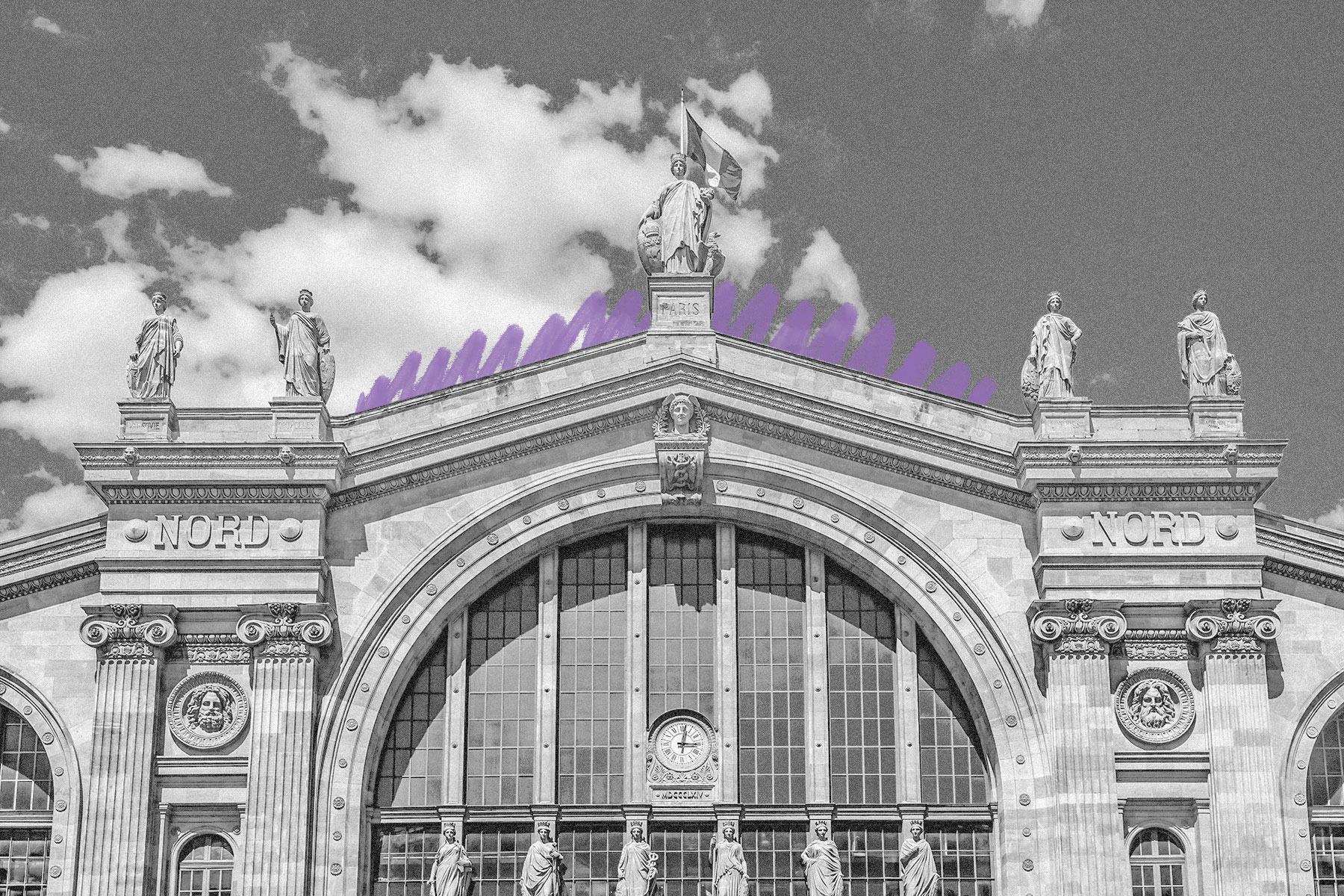In WWI, France started to build a fake Paris to confuse German bombers.
Just after noon on August 30, 1914, about a month into World War I, a biplane marked with the German iron cross under its wings flew 6,000 feet above France’s capital city. Soon, to the surprise of Parisians below, four explosions rocked the city as the German pilot dropped bombs, by hand, in the world’s first aerial raid on a national capital. As an increasing number of attacks came from German planes (as well as the first wartime Zeppelins), Parisians decided to take drastic action. In late 1917, engineers commissioned by the French government began creating a fake Paris just outside the capital in an effort to fool the German air force.
The project was led by Fernand Jacopozzi, who famously illuminated the Eiffel Tower and Champs-Élysées years later. One of the first re-creations was the Gare de l’Est railway station, which was a victim of Germany’s first bombing raid four years prior. Jacopozzi used creative electrical lighting and wooden boards on a conveyor belt to even simulate moving trains. He also crafted factory rooftops, fabricated from painted canvas, to simulate the manufacturing center of France’s war effort. However, by November 1918, the war was over, and the faux city was never completed, nor did it ever divert any German ordnance. Still, the idea proved to be a good one: Decades later during the Second World War, the U.S. employed Hollywood set designers to create fake West Coast neighborhoods to camouflage military factories from Japanese air raids.















